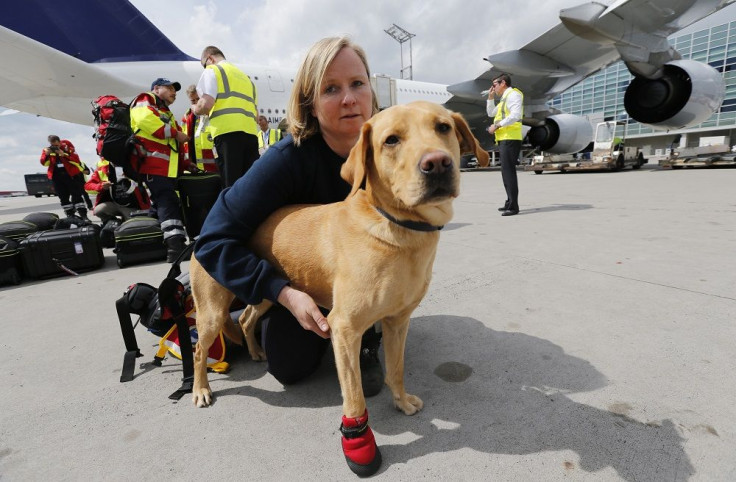Diabetes-sniffing dogs detect low sugar blood by level of chemical isoprene in human breath

Despite being better than the insulin pump, developers of the bionic pancreas operated by the iPhone admit that its current form is far from ideal, according to Boston University researchers. At Cambridge University, to detect glucose level, scientists are developing a breath test to confirm hypoglycemia.
The breath test would be based on detecting the scent of isoprene, a chemical that is an indicator of low blood sugar level. The test could replace using glucometers, which involve painful pricking of the finger to draw a drop of blood to measure sugar content.
Researchers from the university and Wellcome Trust-MRC Institute of Metabolic Science are studying how diabetes-sniffing dogs detect hypoglycemia by the presence of isoprene in human breath. Gizmodo reports that the sniff dogs could detect isoprene which rises significantly when blood sugar of type 1 diabetics rise dramatically.
To mimic what the dogs do, the researchers gathered eight type 1 women diabetics in their 40s and lowered their blood sugar levels under controlled conditions. Using mass spectrometry permits the scientists to search for specific chemical signatures to detect the presence of certain molecules.
Similar to what the medical detection dogs did, the mass spectrometry test found isoprene levels went up significantly when blood sugar level goes down. In some of the women, the isoprene level almost doubled which could be fatal if undetected. Unless the diabetic with hypoglycemia gets sugar boost, the patient could experience shakiness, disorientation and fatigue and could suffer seizure and lose consciousness.
Despite isoprene being one of the most common natural chemicals in human breath, the medical community has little knowledge or understanding about it, until now. Dr Mark Evans, honorary consultant physician at the university’s Addenbrooke Hospital, says, “We suspect it’s a by-product of the production of cholesterol, but it isn’t clear why levels of the chemical rise when patients get very low blood sugar.”
VIDEO: How dogs can sniff out diabetes





















